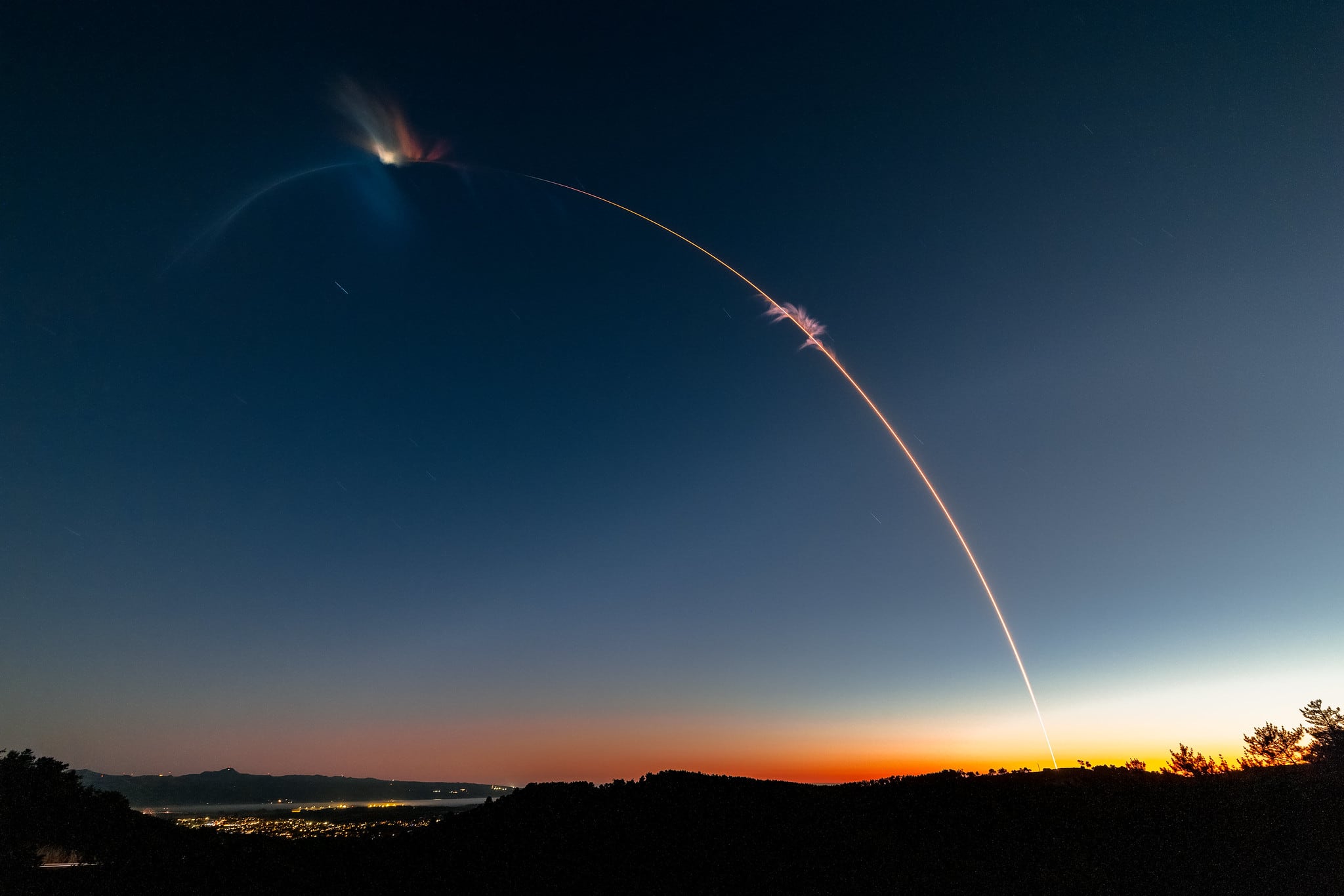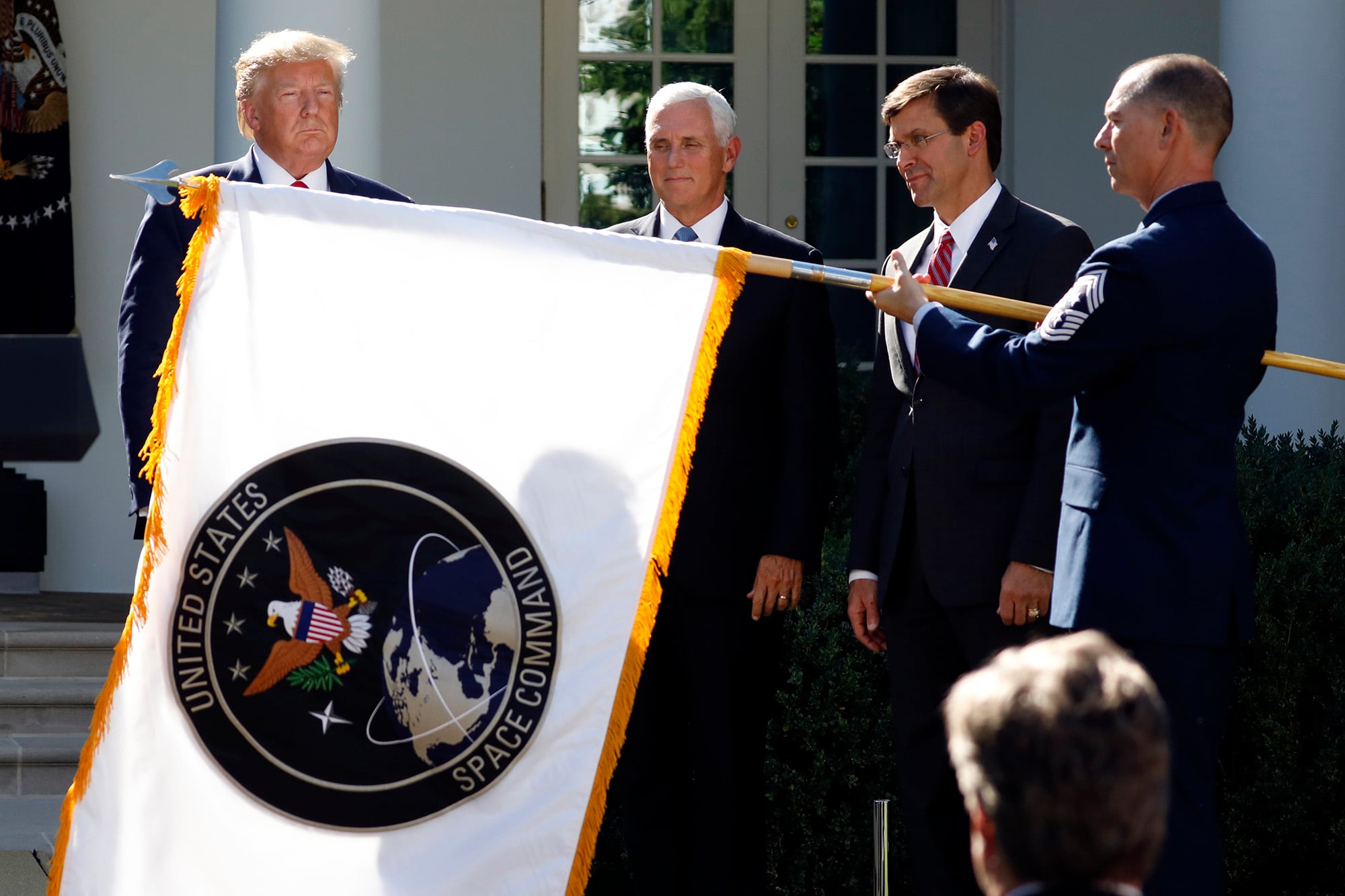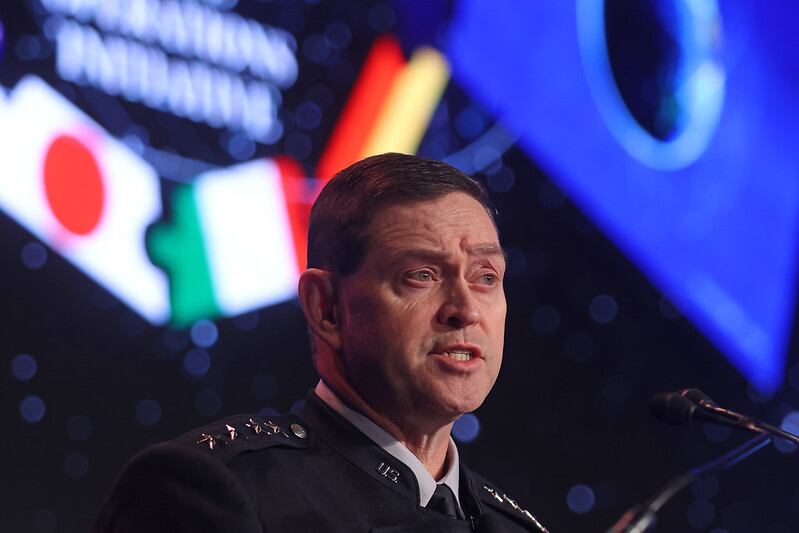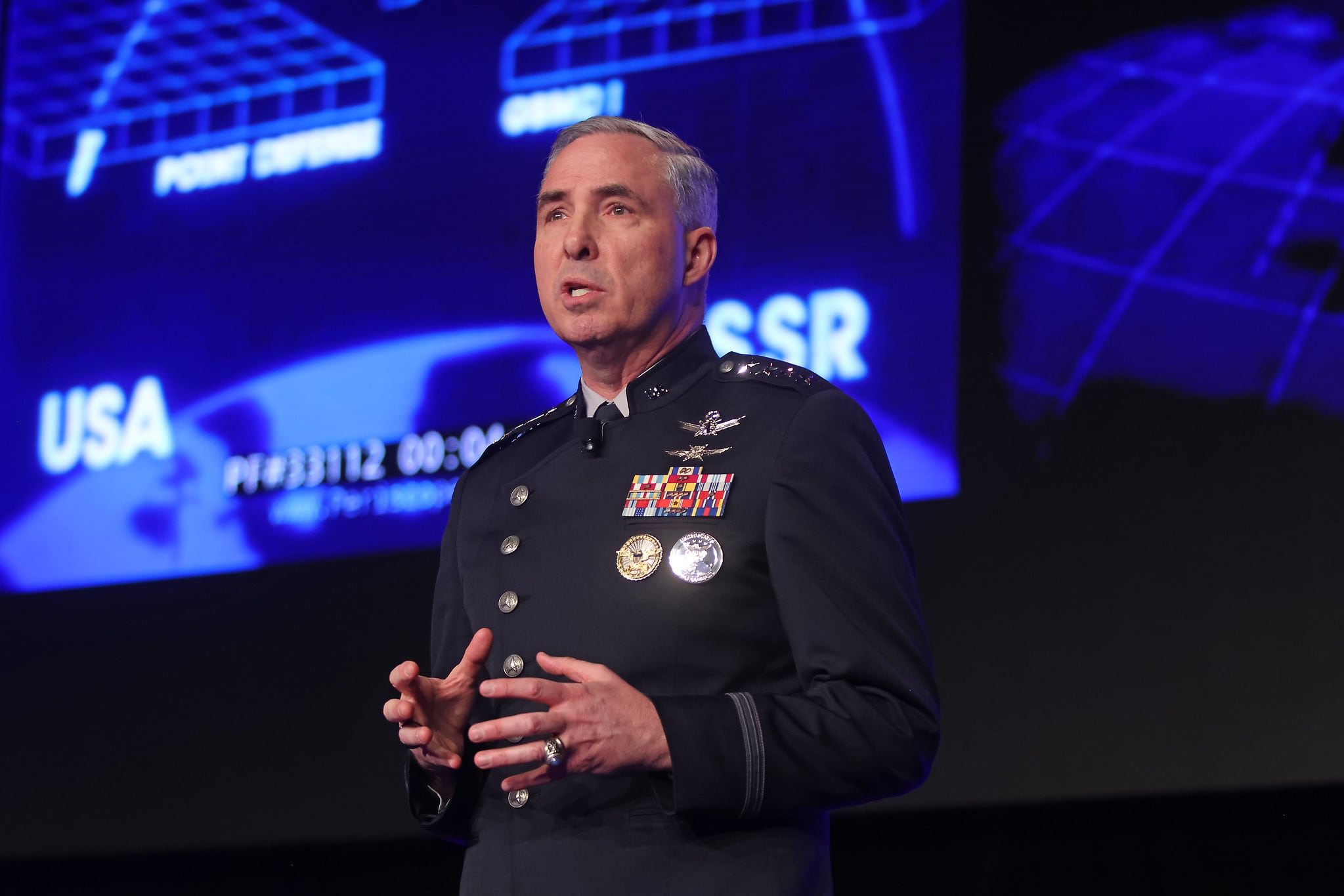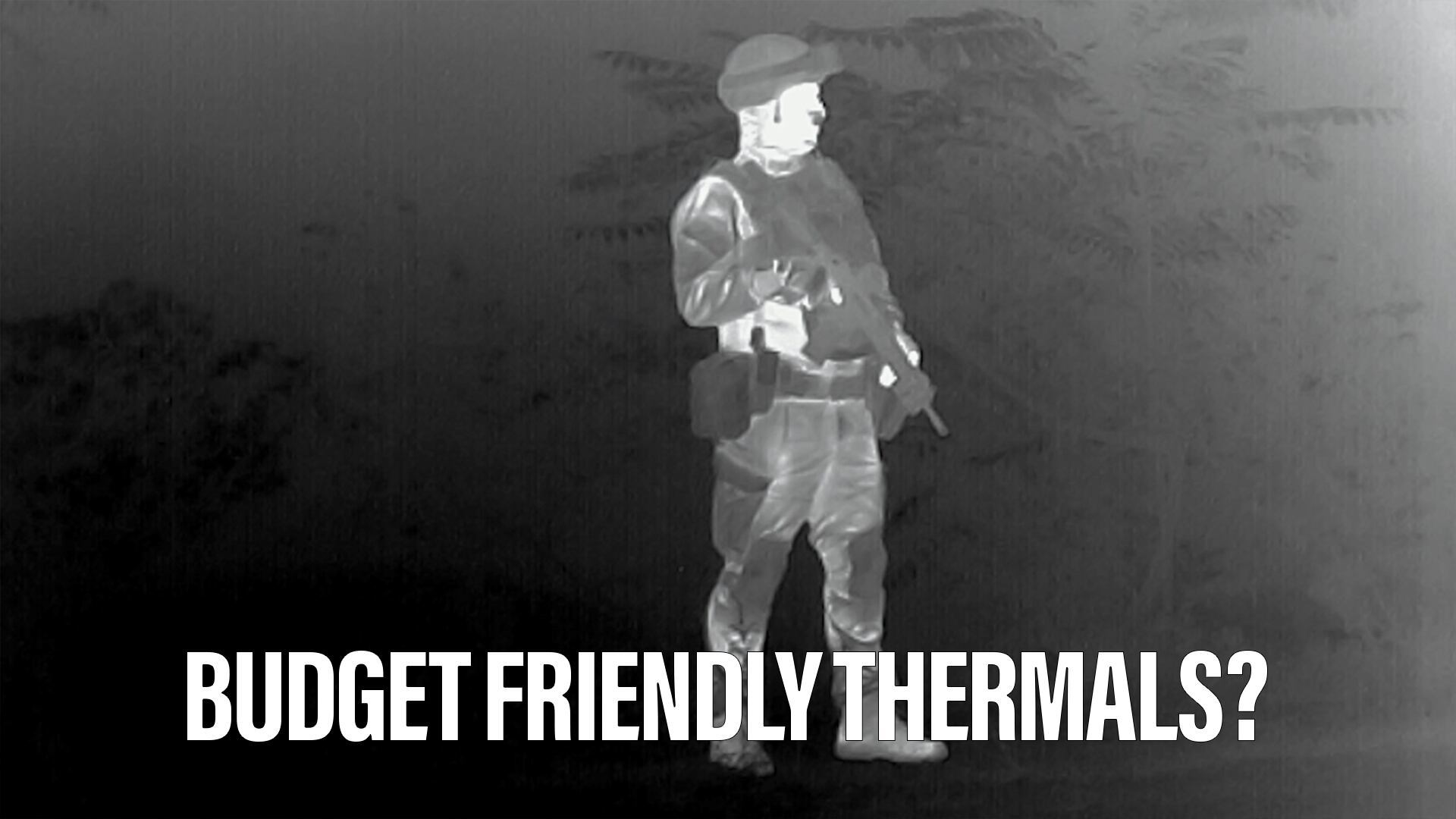The Space Force is exploring options to use its new Commercial Augmentation Space Reserve to facilitate on-demand launches for getting much needed capabilities on orbit quickly.
Col. Richard Kniseley, who leads the service’s Commercial Space Office, told reporters in an April 10 briefing at the Space Symposium in Colorado Springs, Colo., his team will work with the Space Force’s launch enterprise and its Space Safari office to that end. That office has been coordinating a series of Tactically Responsive Space exercises aimed at sharpening the service’s ability to react to real-time, on-orbit needs.
The pilot effort will focus on establishing a framework for using the Commercial Augmentation Space Reserve, or CASR, for responsive launches. Kniseley said Space Safari is particularly interested in CASR’s approach to managing supply chain risk and security issues and creating an on-call vendor pool.
The goal is to start the pilot by this fall, Kniseley said, noting that the effort would largely be a tabletop exercise rather than an operational demonstration.
The Space Force created the Commercial Augmentation Space Reserve as a mechanism to leverage commercial capabilities both in peacetime and during a conflict. Officials have compared the program to the Air Force’s Civil Reserve Air Fleet, which contracts with commercial airlines to provide additional airlift capacity in emergencies.
While the Space Force has its own military-unique requirements, commercial space companies already provide many capabilities the Defense Department relies on, including satellite communications, space domain awareness and launch services. The service in recent years has made a concerted effort to better understand how it can take advantage of those capabilities and integrate them into a range of mission areas.
The Space Force awarded its first four CASR contracts in early March. The awards totaled $1.1 million and went to companies who provide space domain awareness services. Kniseley said the service plans to make additional awards for satellite communications and tactical surveillance, reconnaissance and tracking — which includes data and imagery collection and dissemination.
Kniseley noted that as the service starts to execute on the initial contracts, it’s still fleshing out structural elements of CASR, like the policies around prioritizing government demand and how to offer financial protection for commercial companies who might be targeted by U.S. adversaries. The Space Force is working closely with the Pentagon’s policy shop to address these questions and hopes to have results from an ongoing study in the next few months.
The Commercial Space Office has also started convening CASR wargame exercises as a way to better understand the nuances of each mission area involved in the program.
Kniseley said the team recently held its first commercial satellite communications wargame, bringing together several SATCOM vendors to explore how they would distribute capacity in various wartime and peacetime scenarios and weigh the demands of investors, private sector customers, government users and international allies.
“We have a number of different action items and topics we want to work on and we are now going to get back together with the SATCOM communication in May to have a deep dive to start answering some of those questions,” Kniseley said, noting that there will be a second SATCOM wargame later this year.
Courtney Albon is C4ISRNET’s space and emerging technology reporter. She has covered the U.S. military since 2012, with a focus on the Air Force and Space Force. She has reported on some of the Defense Department’s most significant acquisition, budget and policy challenges.
